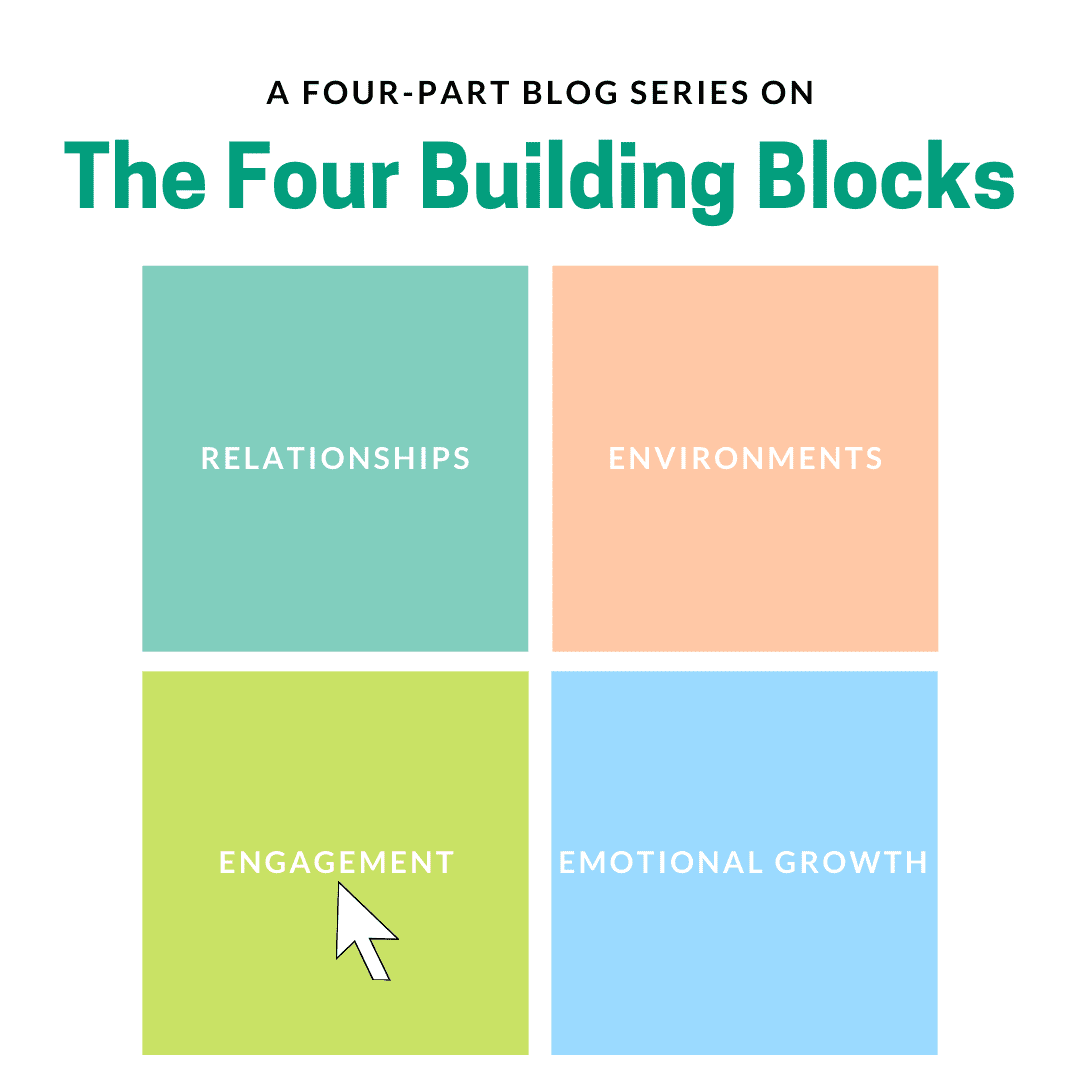


Showing Our Pride As An LGBTQ Ally
June 2, 2021












In this second part of our four-part series on The Four Building Blocks of HOPE, we are going to discuss the importance of safe, equitable, stable environments for children; how to promote these environments; and some resources to put HOPE into action.
Catch up on the entire series by following AAP-CA3’s blog: https://aapca3.org/category/
Part 1: Supporting Relationships
Part 2: Environments
Part 3: Engagement
Part 4: Emotional Growth

Environments
The second building block addresses safe, equitable, stable environments for living, playing and learning at home and in school. “Children who live, learn, and play in safe, stable, and equitable environments are less likely to experience poor mental and physical health as adults.”
This essentially calls back to Maslow’s Hierarchy of Needs and meeting people at their most basic needs. Here’s how we can encourage safe, equitable, and stable living and learning environments where kids spend most of their time:
Home
We previously discussed how parents/caregivers are an essential relationship for children, and the same is true for a child’s environment. Here’s how you can ensure your home becomes a sanctuary for your child while giving you peace of mind:
School/Learning Environment
Educators are an essential part of creating a learning environment where children feel accepted and that gives them a sense of purpose. Some ways educators can create a safe space:
Local Resources To Promote Positive Environments